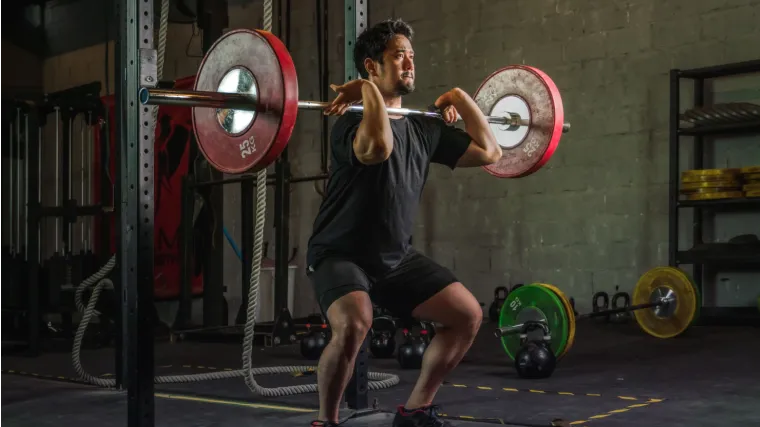
Olympic Lifting for Team Sport Athletes: Smart Programming or Risky Business?
Olympic Lifting for Team Sport Athletes: Smart Programming or Risky Business? - Lewis Physical Therapy & Sports Rehab
Olympic lifting has long been a debated topic in the strength and conditioning world, especially when it comes to team sport athletes. While movements like the power clean can build tremendous explosiveness, there are also limitations and risks that athletes and coaches need to consider.
What You’ll Learn in This Blog
Why coaches turn to Olympic lifts for power development
The technical learning curve and time investment required
Safer and more efficient alternatives for athletes
Which sports may benefit from Olympic lifting — and which should probably avoid it
How to decide if Olympic lifting fits your training program
Why Coaches Use Olympic Lifts
Olympic lifts like the clean are designed to create a high central nervous system (CNS) demand, driving recruitment and power output. For football players, especially linemen, this can carry over directly to their sport.
The Technical Problem
These lifts are highly technical. For beginners, it can take at least 1 years of consistent practice to reach proficiency where they can move significant weight to drive adaptation — which isn’t realistic for most team sport athletes in short training windows. Attempting heavy lifts without proper form can also lead to unnecessary injuries.
Safer Alternatives
If the goal is explosiveness, there are plenty of other tools available:
Plyometrics (jumps, bounds, depth drops, etc)
Explosive, high-intensity medicine ball throws
Sprint training
These allow athletes to start building power immediately, without years of technical refinement. It should be noted that even these movements do require consistency to achieve technical proficiency.
Sport-Specific Considerations
Football linemen → Olympic lifts may make sense due to demands of power in close contact.
Baseball/overhead athletes → Olympic lifts may not be worth the risk that the catch positions places their medial elbow in forearm in, making alternatives a better option.
The Bottom Line
Olympic lifting is a great adjunct to a well-round performance program. However, I feel that it does depend on when and who you implement it with. Coaches must weigh the risk vs. reward, the demands of the sport, and the time available. Many athletes can reach the same explosive outcomes with simpler, safer methods.
📘Unable To Throw Without Arm Pain?
✅ Need help throwing pain-free? Text “Arm Pain” to 732-724-1381 to request your FREE copy of The Arm Pain Blueprint.
⚾️ The Triple Threat Program
If you’re a high school baseball player looking to build speed, strength, and power — without wasting time on risky training methods — our programs are built for you.
👉 Join The Triple Threat Program Here
🎥 Watch on YouTube
🎥 Watch the full breakdown on how we recommend to implement olympic lifting on YouTube.
▶️ Watch Now on YouTube
🎙 Listen to This Episode on The Lewis Physical Therapy & Sports Rehab Podcast
Catch the full breakdown of Olympic lifting for team sport athletes and how to program smarter alternatives.
🎧 Listen on Spotify: https://open.spotify.com/show/4A6iBs0CzkAwSu9rUVPfGX?si=lrea2AaWQSy5USIT90KXhQ